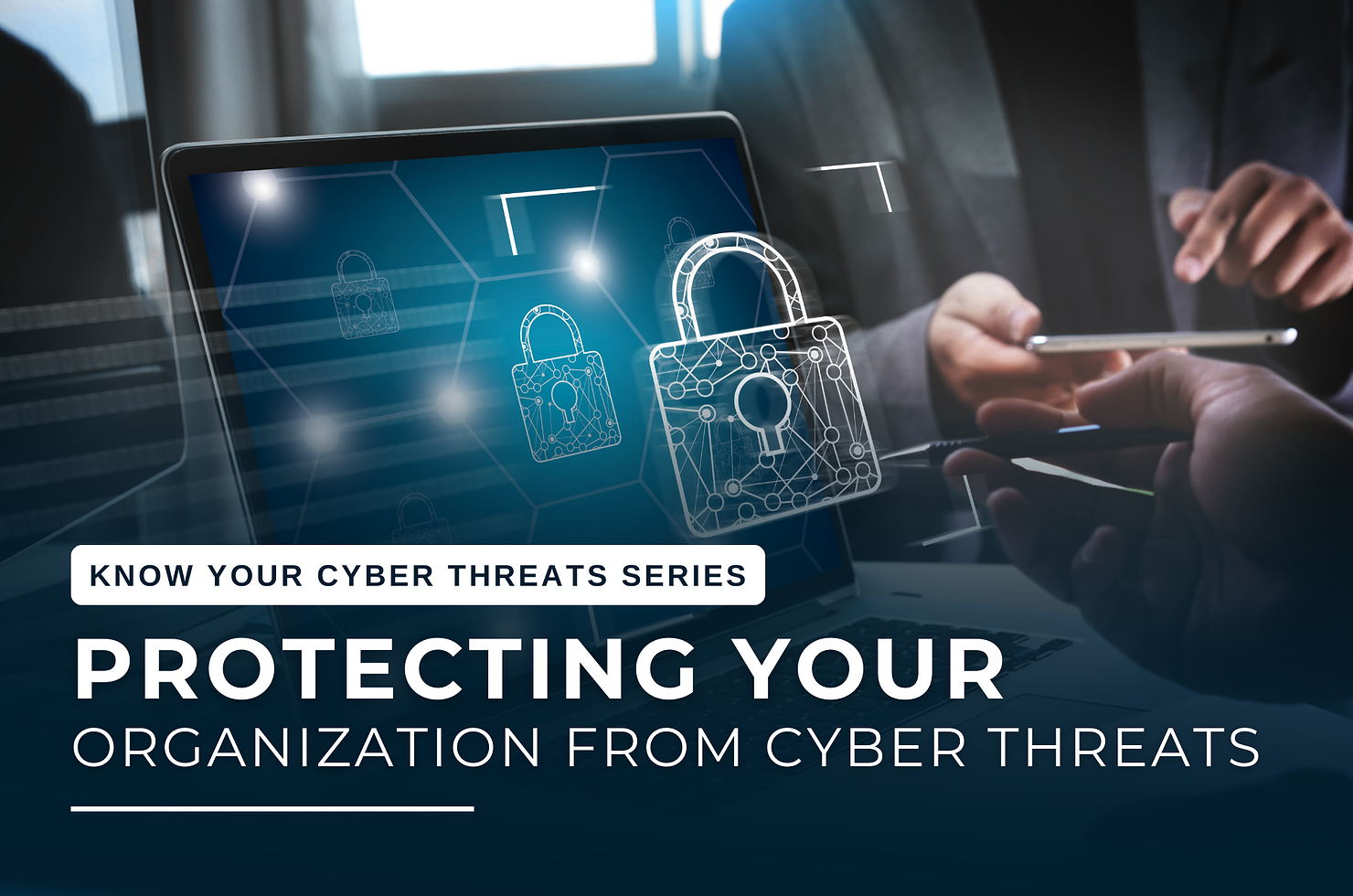Previous
Signs That Your Systems May Have Been Compromised
Welcome to part four of our four-part series exploring the common cyber threats within the Caribbean and how to strengthen your organization's resilience by preparing for them.
Cybersecurity can no longer be an afterthought. The previous articles in this series looked at both the internal and external cyber threat landscapes, examining threats such as social engineering, ransomware, malicious insiders, and improperly configured systems, to name a few, as well as the consequences of cybersecurity attacks including increased customer turnover, lost revenue due to system downtime, increased cost of acquiring new business due to diminished reputation, and reputational damage.
To effectively manage cybersecurity threats, you must consider your organization's people, processes, technology, and structures. These aspects should be considered in any effective cybersecurity program.
In any organization, implementing a cybersecurity program begins with a perspective shift within the leadership team. Every organization's tone is set by its leadership, who must communicate that cyber security is critical to the organization's success. A protective security program must include the development and maintenance of an effective security culture. A secure culture helps mitigate against a range of threats that could cause physical, reputational, or financial damage to organizations.
Employees must also be trained on a regular basis to develop the muscle memory required to handle security incidents. They should be equipped with the tools needed to maintain a secure posture. This will help to foster the development of a more cyber-resilient organization. Training can also be tailored to specific roles and responsibilities within the organization as some may require more extensive training than others.
Security is everyone's responsibility.
Having a capable cybersecurity team is critical for protecting, detecting, and responding to cyber threats. Investments should be made to acquire, train, empower and retain talent in the cybersecurity space. This will ensure that the company has access to the competencies necessary to build and maintain secure initiatives.
Regular risk and security assessments should be conducted to identify risks and vulnerabilities within the organization. Once the threats and vulnerabilities are identified, a risk treatment plan should be developed to ensure that risks and vulnerabilities are effectively managed.
Technologies and processes should be in place to protect, detect, and respond to cyber security attacks. Ensure that the solutions you choose to protect your business align with your strategy and provide the protection that is needed now and in the future. Do not depend on a silver bullet. There is no one-size-fits-all solution that will address your security needs. You may need multiple tools, technologies, and standards to secure your organization.
It is also critical to consider security from the outset of projects and ensure that security teams are consulted about planned projects. Cybersecurity is a key consideration from the beginning of any new project. Implementing a variety of security by design measures (awareness, knowledge, tools, and checks) can help to eliminate security flaws more effectively than testing at the end of development. Solving security issues from the start is far less expensive than fixing a faulty product. DevSecOps is one example of how security is integrated into development and operational activities at every stage.
Finally, a reasonable balance should be struck between security and experience to ensure that the customers (both internal and external) are offered a seamless journey while protecting the organization and customers from exploitative attackers.
Security does not have to be a negative-sum experience, nor does it have to mean something you go at alone. It is possible to achieve security while ensuring a positive customer experience. To learn more about creating your cybersecurity program, contact us at info@symptai.com or call 876-968-6189